7 Ways AMD's Bristol Ridge Enhances Graphics And Performance For PC System Builder Partners
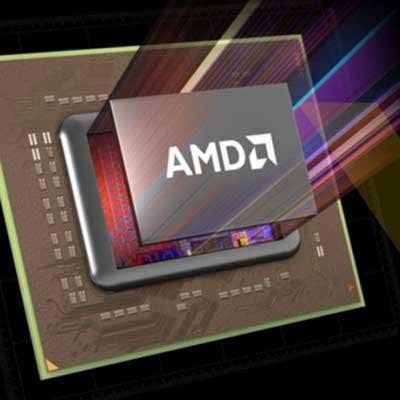
AMD's Bristol Ridge Brings Performance, Graphics To The PC Market
A week after Intel detailed its newest Kaby Lake Core processors, chip manufacturer AMD has launched its own seventh-generation processors, Bristol Ridge.
Bristol Ridge is based on the same microarchitecture as AMD's sixth-generation Carrizo architecture and on a 28-nanometer manufacturing process. AMD, Sunnyvale, Calif., is also releasing its new Summit Ridge processors, which are based on its 14-nanometer Zen architecture, later in the year.
AMD says its seventh-generation APUs "are designed to boost productivity and enhance multimedia for a premium PC experience." From performance boosts to different power variants, following are seven features of Bristol Ridge that partners should keep in mind.
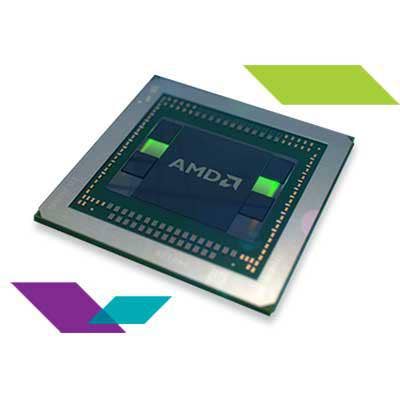
Improved Performance Over Previous Generations
AMD said its Bristol Ridge processors trump its previous generations of APU – the processors have a 17 percent compute boost over its sixth-generation Carrizo APU as well as a 27 percent enhancement in graphics.
"[The launch] marks a major increase in productivity performance, streaming video and eSports gaming experiences sought after by today's consumers, delivered through our new seventh-generation AMD A-Series desktop processors," said Kevin Lensing, corporate vice president and general manager of client computing at AMD, in a statement.
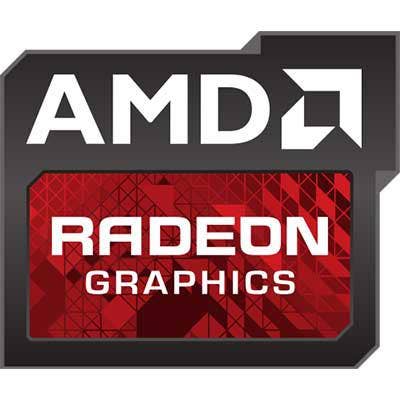
Better Graphics
AMD touted Bristol Ridge's graphics performance, saying its seventh-generation AMD A-Series desktop processors bring "enhanced graphics capabilities" and "key video playback" features.
Bristol Ridge can support up to 4K Ultra HD in both the H.264 and H.265 formats. These processors will also feature AMD Radeon Graphics Core Next graphics, with full support for Microsoft DirectX 12 – Microsoft's latest version of its application programming interface for multimedia tasks.
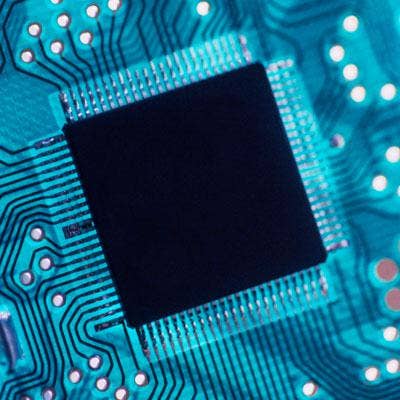
Bristol Ridge Power Variants And Models
According to AMD, its seventh-generation AMD A-Series desktop processors consist of two power variants – a 65-watt version and 35-watt version. These two versions offer superior power efficiency and enable flexible solutions in a wide variety of form factors, according to the chip company.
Meanwhile, the new Bristol Ridge series is comprised of eight models: the A12-9800, A12-9800E, A10-9700, A10-9700E, A8-9600, A6-9500, A6-9500E and a non-APU variant called the Athlon X4 950.
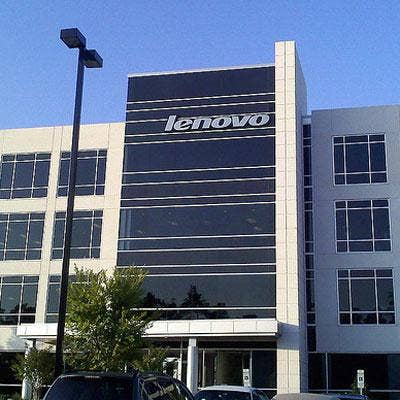
OEM Manufacturers
In addition to detailing its newest processors, AMD Monday said the first OEM systems to feature its seventh-generation A-Series were shipping.
These designs are initially from HP and Lenovo, with "other global OEM designs to follow," according to AMD. The new systems "deliver high-speed processing, smooth eSports gaming, and enhanced HD and UHD streaming capabilities, including the highest memory bandwidth to date for an AMD desktop platform," the chip company said.
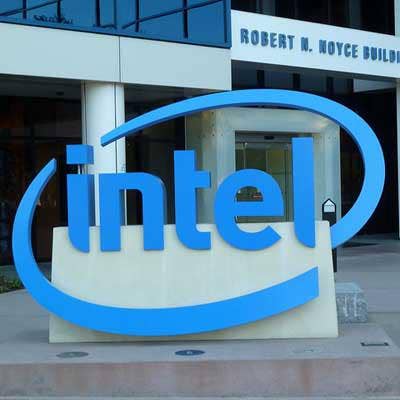
Zing To Intel
AMD did not hold back from comparing Bristol Ridge to chip competitor Intel's processors, stating that its new 65-watt processors "offer up to equivalent productivity performance" and up to 99 percent higher graphics performance over an Intel Core i5 6500 processor.
Intel released its seventh-generation Kaby Lake processors a week ago. The company said its chips focus on four main aspects of the PC market: continued process and performance leadership, bringing UHD 4K to the mainstream, more experiences for more devices at more price points, and continued innovation in PC design and battery life.
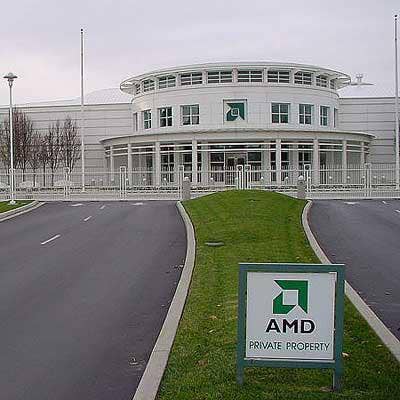
AM4 Platform
The Bristol Ridge processors are designed to work with AMD's new AM4 socket. AM4 will work with Bristol Ridge and AMD's upcoming Summit Ridge CPUs, simplifying the company's future lineup.
"Because these new OEM designs also feature our new AM4 desktop platform, the motherboard ecosystem shows its readiness for our upcoming high-performance Summit Ridge desktop CPUs featuring Zen cores, which share the same platform," said Lensing.
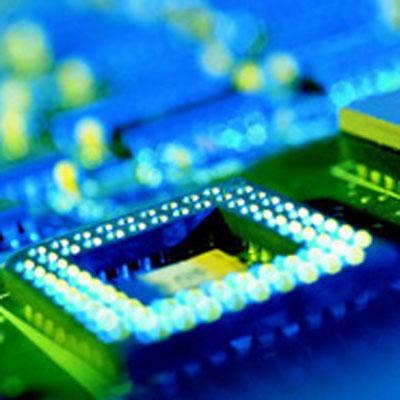
Other Features
Bristol Ridge will feature dual-channel DDR4 support, four USB 3.1 ports, as well as two SATA ports and a x8 PCI Express gen 3 for external graphics. The processors will also feature two additional lanes of PCI Express for enhanced storage support, said AMD.
The processors contain up to four x86 Excavator cores, with 2 MB of shared L2 cache, and support for the HSA [heterogeneous system architecture] compute acceleration.